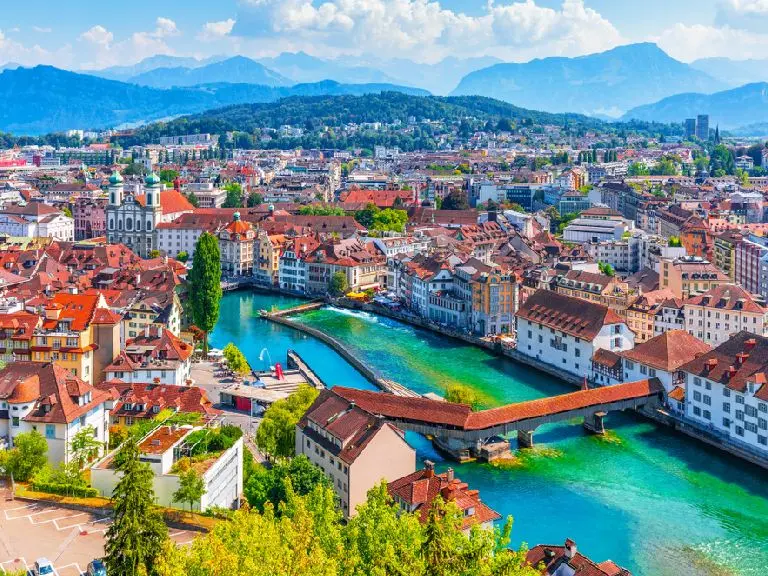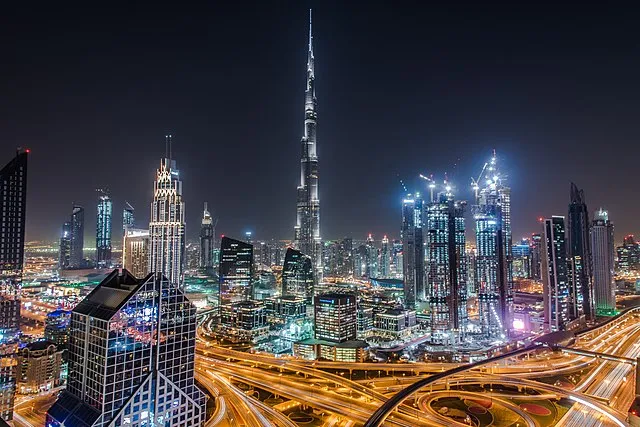
JPEG vs SVG: Choosing the Right Image Format for Your Needs
JPEG (Joint Photographic Experts Group) and SVG (Scalable Vector Graphics) are two popular image formats, each with its own set of advantages and use cases. In this blog, we'll explore the differences between JPEG and SVG, helping you understand which format is best suited for your specific needs.
Understanding JPEG and SVG:
Before we delve into the comparison, let's briefly understand what each format entails:
JPEG (Joint Photographic Experts Group):
JPEG is a widely-used image format known for its efficient compression and compatibility.
It is a raster-based format, meaning it represents images as a grid of pixels.
JPEG files are commonly used for storing digital photographs, web graphics, and other images where compression is necessary.
SVG (Scalable Vector Graphics):
SVG is a vector-based image format designed for displaying graphics and illustrations on the web.
Unlike raster-based formats like JPEG, SVG images are composed of mathematical shapes and paths rather than pixels.
SVG files are scalable and can be resized without loss of quality, making them ideal for logos, icons, diagrams, and other graphics that need to be displayed at various sizes.
Differences Between JPEG and SVG:
Now, let's compare the key aspects of JPEG and SVG:
Image Quality and Scalability:
JPEG: JPEG uses lossy compression, which sacrifices some image quality to achieve smaller file sizes. While JPEG images are suitable for photographs and complex graphics, they may lose detail when resized or zoomed in.
SVG: SVG images are resolution-independent and can be scaled to any size without loss of quality. Since SVG files are based on mathematical descriptions of shapes and paths, they maintain crisp edges and clarity at any resolution.
Compression and File Size:
JPEG: JPEG compression is optimized for photographs and images with complex color gradients. It effectively reduces file size while preserving acceptable image quality for most purposes.
SVG: SVG files are typically smaller in size compared to JPEG, especially for simple graphics and illustrations. Since SVG files store graphics as mathematical descriptions, they tend to be more compact, making them ideal for web use where file size matters.
Support and Compatibility:
JPEG: JPEG is widely supported across devices, browsers, and software applications. It is the standard format for sharing photographs and images online.
SVG: SVG is supported by all modern web browsers and is widely used for web design, especially for responsive and scalable graphics. However, some older browsers may have limited support for SVG features.
Use Cases:
JPEG: Ideal for photographs, web graphics, social media posts, and other images where compression is necessary and scalability is not a priority.
SVG: Suitable for logos, icons, illustrations, diagrams, and other graphics that require scalability, crisp edges, and the ability to be resized without loss of quality.
Conclusion:
In conclusion, both JPEG and SVG have their strengths and weaknesses, and the choice between them depends on your specific requirements and use case. If you need to display photographs or complex images with compression, JPEG is the go-to option. However, if you require scalability, crispness, and flexibility in resizing, SVG is the preferred format. By understanding the differences between JPEG and SVG, you can make informed decisions when choosing the right image format for your projects.






